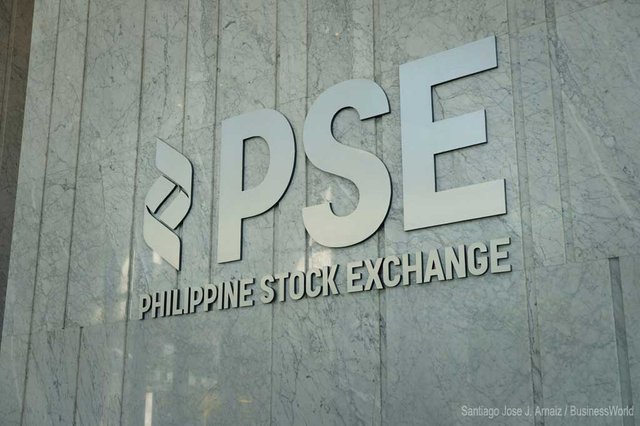Philippine Market Outlook March 20, 2019
MARKET OUTLOOK
The main index ended in negative territory on Tuesday as investors took caution ahead of the policy review of the central bank as well as the United States’ and United Kingdom’s central banks, all slated later this week.
It was mostly sideways action for the Philippine market before finally settling in the red territory as part of the Fed Watch, US-China trade relations and Brexit roadblock steering the market.
Market participants are bracing for Thursday as the US Federal Reserve decision comes out at 2 a.m. Manila time, while the central bank’s will be out at 4 p.m., and the Bank of England’s at 8 p.m. on the same day.
Investors are going to take cues if the officials of these banks will be bullish or bearish for this year.
Meanwhile, Wall Street gives up gains as investor optimism regarding the Federal Reserve's expected affirmation of its dovish policy stance was offset by reports of fault lines emerging in ongoing US-China trade negotiations.
Trade fear has reared its head again with Trump administration concerns that China is walking back some of the pledges they've made in negotiations so far.
China seems to be balking on some of the terms of the trade negotiations. And it sounds like there may be nervousness ahead of the Fed announcement.
As the Fed convened its two-day policy meeting, investors expected little change in its measured approach to interest rate hikes.
Its summary of economic projections - or "dot plot" - due for release on Wednesday, will be closely scrutinized for clues regarding the extent of the central bank's patience.
But some analysts question whether the dot plot deserves this level of scrutiny.
The dot plot is consistently higher than where rates turned out to be, so the credibility hasn't been that good, but it gives insight was to what the members of the FOMC are thinking.
A report from the US Commerce Department showed a smaller-than-expected increase in factory orders, the latest in a string of underwhelming economic data that has supported the Fed's more accommodative stance.
